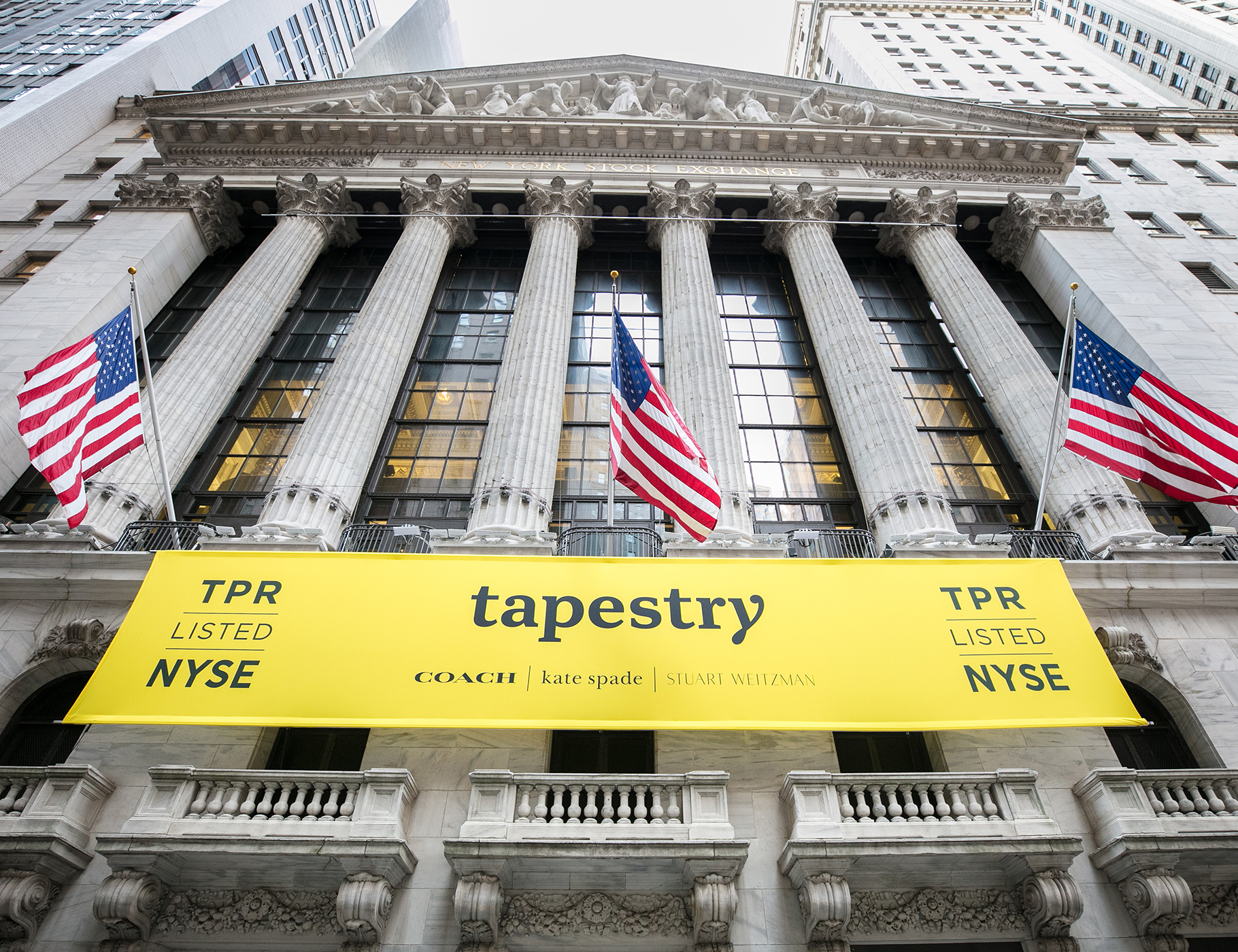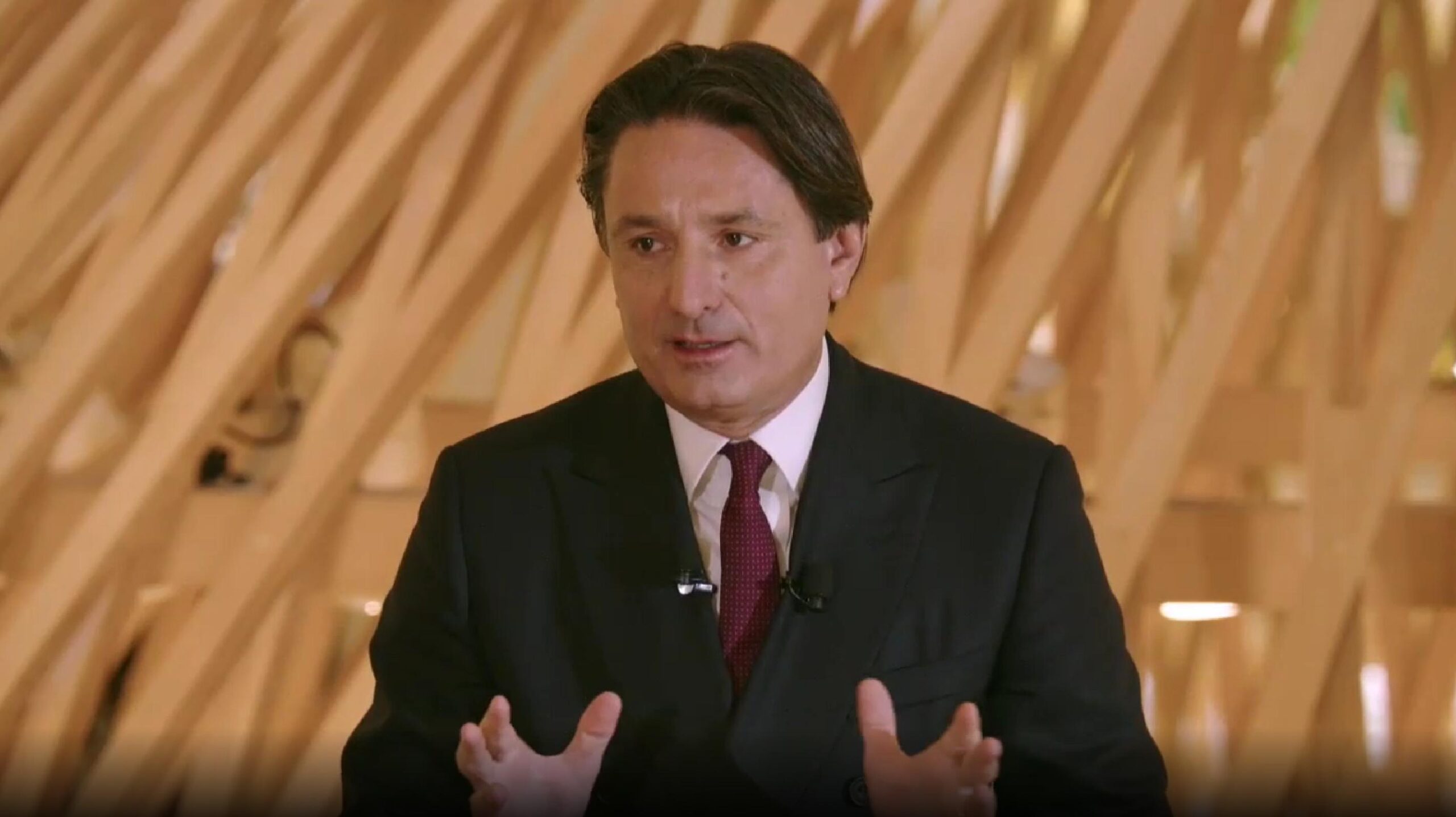On February 7th, GMT +8, the international fragrance and beauty giant Coty Group announced its key financial data for the second quarter and the first half of the fiscal year ending December 31, 2023: Sales for the second fiscal quarter increased by 13% year-over-year, with an 11% increase on a like-for-like basis, marking the 14th consecutive quarter of outperforming expectations; sales for the first half of the fiscal year increased by 16% year-over-year, with a 14% increase on a like-for-like basis, surpassing the previous guidance of 11% to 13%.
In the Chinese market, the high-end beauty department achieved double-digit growth, with performance in Hainan tripling. Notably, on January 29, Coty announced the official launch of its French luxury skincare brand Orveda in China, with the first brand home located in Shanghai’s Jianye Li.
During the conference call following the earnings release, CEO Sue Nabi focused on the Chinese market, stating that “the current Chinese market is in a transitional period between two eras,” and “the growth rate of our Prestige fragrance market has exceeded that of the high-end fragrance market.” She also noted, “We do not want to get in the game of other promotionality becoming the favorite brand of Daigous,” and specifically mentioned “the competition between Chinese local brands and international giants.”
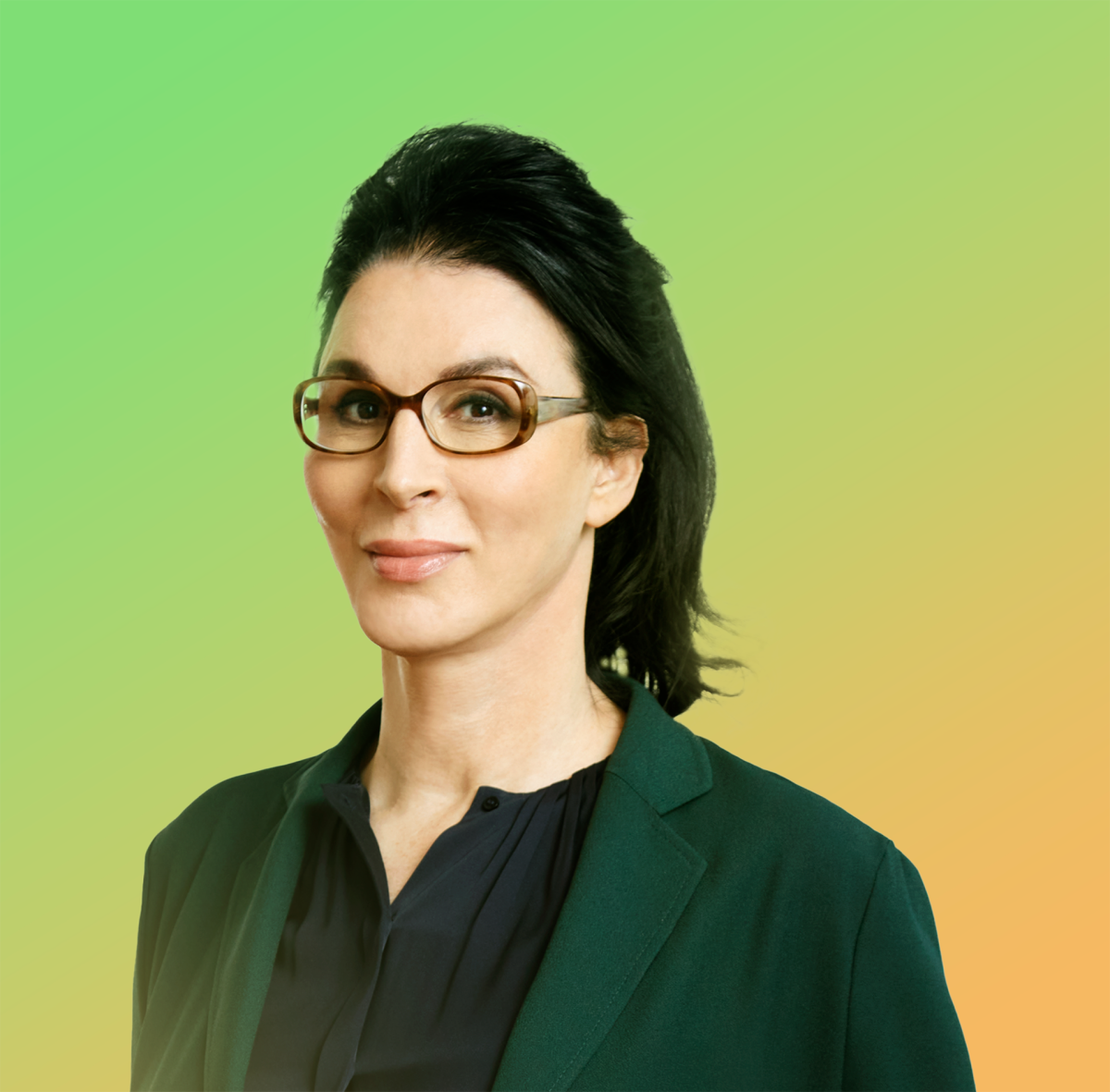
Sue Nabi began with the global travel retail business. She stated that Coty Group’s travel retail business sales increased by 30% in the fiscal year 2023 and by 20% in the first half of fiscal year 2024, with travel retail being a key channel for gaining global market share in recent years.
“This is thanks to the power of innovation, with Burberry Goddess (the largest fragrance launch in Coty’s history, ranking first in multiple markets) being introduced last summer exclusively through the travel retail channel. Looking forward, we aren’t seeing a slowdown in consumer travel.”
Discussing the performance in the Chinese market, Sue Nabi frankly stated that the market has performed very well, especially driven by the high-end beauty department, which now accounts for the majority of the group’s sales in China. Our latest quarterly beauty research data shows that Coty Group’s growth outperformed the overall market by 30 basis points.
“We entered the Chinese market with fragrances, and now we are expanding our skincare brands in China, with the launch of the French luxury skincare brand Orveda being the latest strategic embodiment.”
Regarding the performance and strategic significance of Orveda, Sue Nabi said, “Orveda has had a very, very good start, and we are taking very different strategies for different brands. In fact, we do not want to get involved in promotional competition and become the favorite brand of parallel importers. This is not the luxury brand image we want to present to Chinese consumers.“
“We are trying new ways to control 100% of the brand image and assets and exploring how to face consumers directly through brand homes. At the brand home, consumers can try new products, receive facial treatments, and learn about nutrition and skincare.”
“We are also exploring this (luxury) market,” said Sue Nabi, noting a McKinsey study that estimates the luxury market at $350 billion, with beauty constituting a small part of it. For Coty and others in the industry, luxury and prestige are clearly the next “opportunity.“
“The growth rate of the prestige fragrance market indeed exceeds that of the high-end fragrance market. Luxury brands are doubling down on this category,” Nabi added.
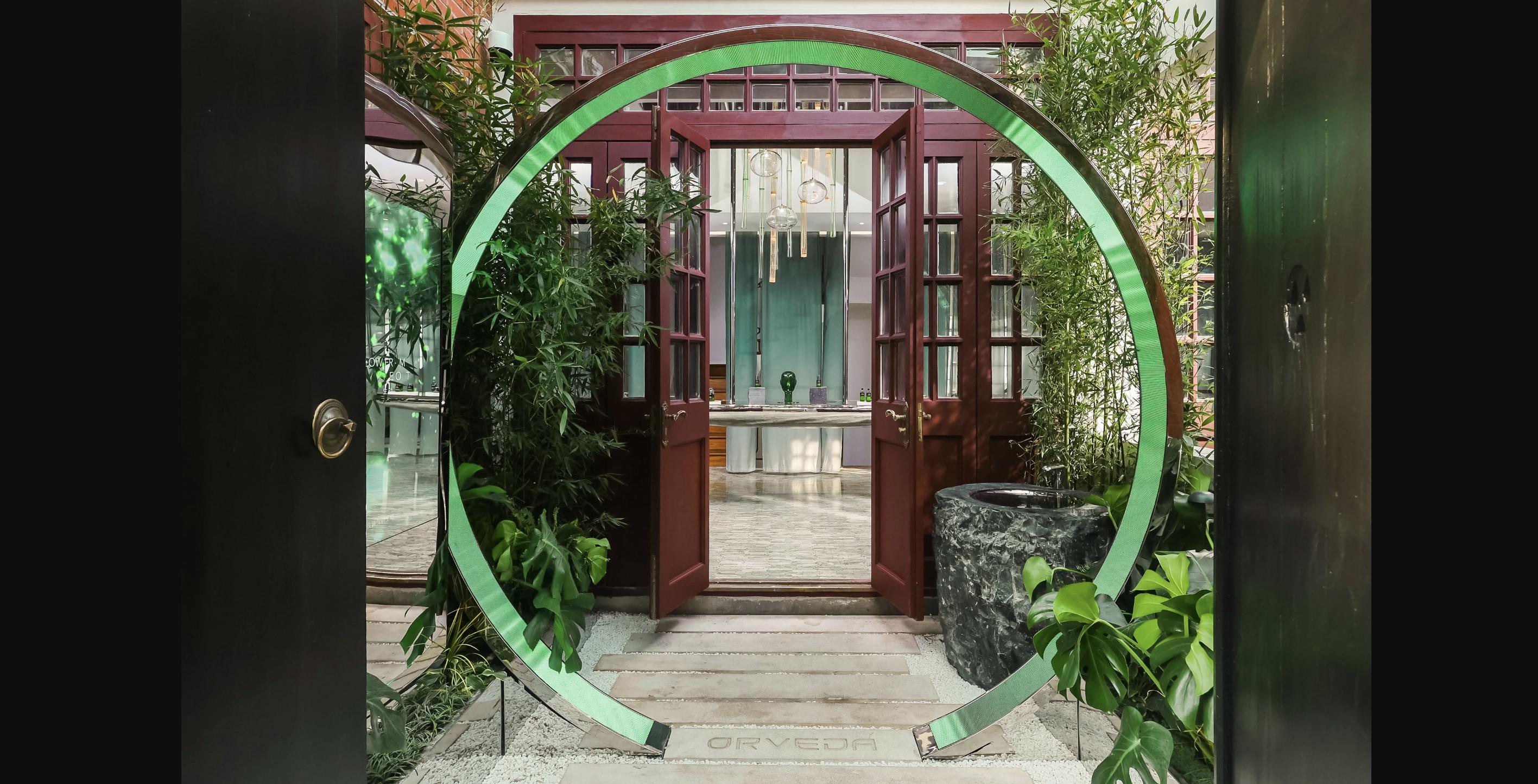
Regarding the Chinese market, Sue Nabi further explained, “We have not conducted research around this question; this is my intuition, indicating that everything we see, hear, and read suggests we are in the ‘middle’ of two eras.”
“In the previous era, purchasing methods like promotions or daigou indeed gave many people a big bias towards this market, as if consumers were always waiting for an opportunity to buy something they really wanted at a low price.
Currently, we are in an era of gradual normalization, where we see brands increasingly respecting and protecting their brand assets, even though sometimes growth rates are lower than expected. But I want to say, this is healthy.
For us, Coty outperforming the overall market by 30 basis points is because we have the right brands, and we see consumers’ desire for these brands, bringing them ‘value for money’. I believe this is a key factor in the transition between the past 20 years and the future.
Sue Nabi also discussed the competitive landscape in the Chinese market, stating that in recent years, the major shifts in the Chinese market have occurred in the mass market, with some very famous mass-market brands closing down there. This part of the business occupies a very small proportion of Coty. We have adidas, but it is not considered a mass-market brand in the Chinese market. We also have Max Factor.
“In fact, the competition between international mass-market brands and Chinese local brands is more intense than ever, which is indeed a challenge for those companies relying on mass-market brands. As for the high-end and skincare markets, we have not seen this yet. We observed that there is a coexistence among local new brands, especially in niche markets, and we also see some brands founded by Chinese founders becoming increasingly prominent.“
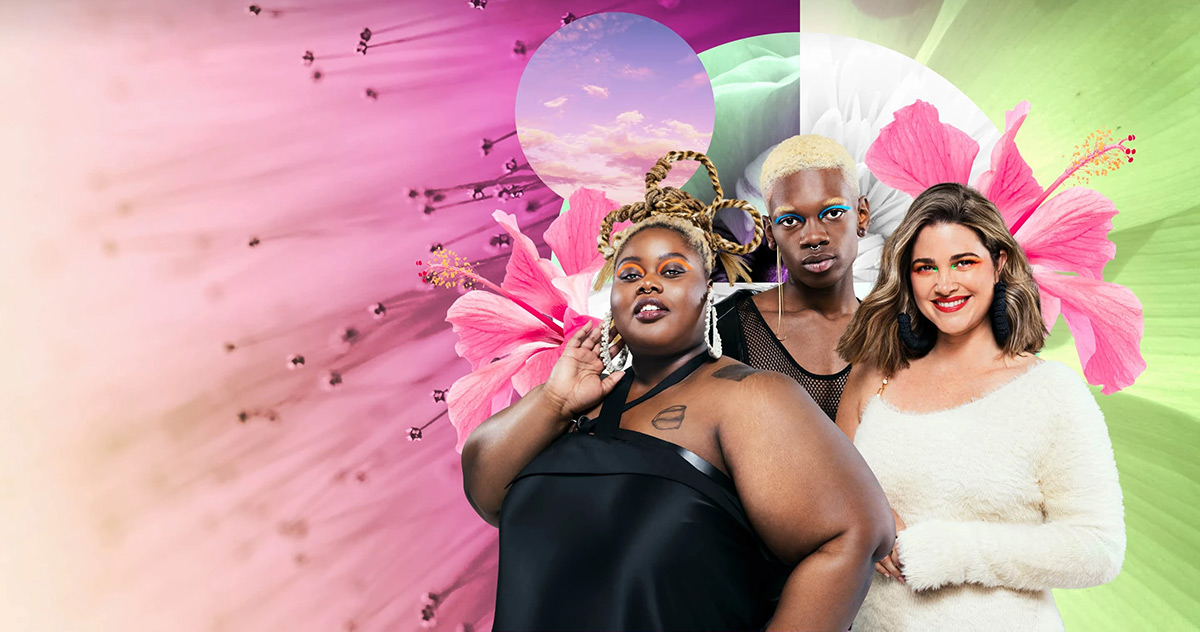
| Source: Coty Analyst Conference
| Image Credit: Coty Official Website
| Editor: LeZhi


